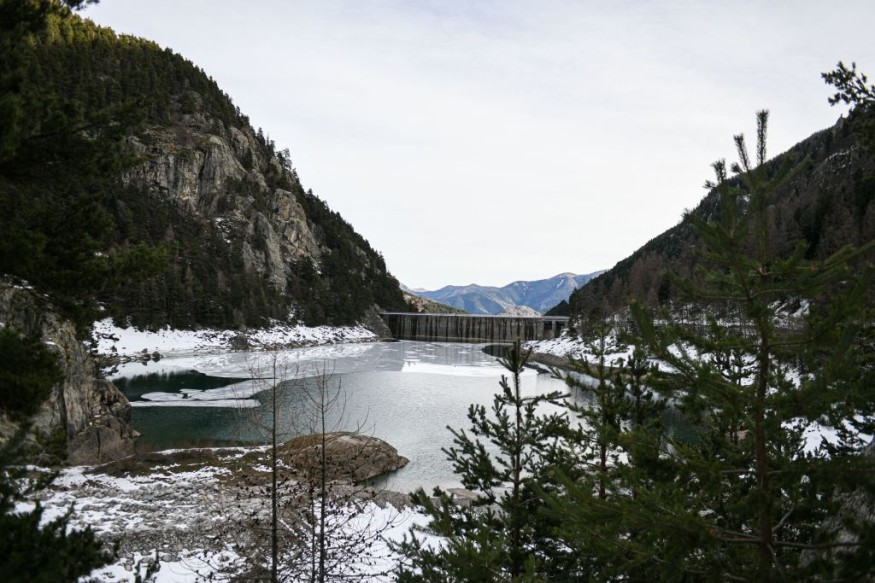Water scarcity is occurring in some of the US' biggest freshwater reserves, as per a new study. Not only the crisis is evident in the US but also to other parts of the world.
Amid a growing human population, US and other government policymakers, water specialists, and water conservators are left with the task to help alleviate the water scarcity.

The crisis surrounding water scarcity in the US' freshwater reserves is also evident in other parts of the planet, according to a research study published in the journal Nature on May 16, 2018.
The research study was conducted by Xander Huggins, a PhD candidate at the University of Victoria and Global Institute for Water Security at the University of Saskatchewan, and his fellow researchers.
The Earth has less than 3% freshwater with only 1% is accessible to the growing human population. Both natural freshwater reserves and freshwater in reservoirs may be at risk if their amount continues to drop and the population continues to increase. In 2021, there are approximately 7.9 billion people as of January 31, as per the United States Census Bureau.
The research study found 34 trends in terrestrial water reserves observed by the Gravity Recovery and Climate Experiment (GRACE) satellites from 2002 to 2016.
Time is Running Out on Freshwater Resources
Based on the observation, the changing availability of freshwater worldwide are affected by various factors such as: natural interannual variability, unsustainable groundwater consumption, or climate change.
These trends were acquired when the researchers examined 1,024 basins across the world with the objective of understanding how water availability is related with social processes in the community.
According to Huggins, the main factor they studied were freshwater stress, which pertains to the amount of H2O that naturally leaves the watershed or basin per year. The higher the stress or exit of water from the watershed or basin means that there will be less water available for ecosystems and for people's demands, Huggins explains.
The relevance of the study can be of interest not only to water specialists and water conservators but also to government policymakers. Huggins stated that after mapping the most high-risk freshwater sources and creating a framework to identify hotspot basins, policy makers will be able to prioritize a specific location.
Water Scarcity on Freshwater Reserves in the US
Huggins shows that while the US score highly in terms of social adaptiveness based on the study's freshwater stress factor, the country has many freshwater issues that goes beyond between freshwater stress and freshwater storage. In Huggin's work, water scarcity affects some of the US biggest freshwater reserves such as the Great Lakes, Colorado River, and Rio Grande River basins.
The states of Illinois and Ohio have the highest levels of lead pipes carrying water from freshwater basins to residential households, as per the Natural Resources Defense Council (NRDC).
Meanwhile in Colorado, an estimate from the Colorado Water Center predicts there will be a 20% to 30% less water of the Colorado River Basin by 2050.
The biggest issues surrounding water scarcity and equal distribution of water are water contamination and cost, according to Jill Ryan, the executive director of Freshwater Future, an advocacy group which protests drinking reservoirs in the Great Lakes region of the US.
In addition to human-related challenges discussed by Ryan, the water scarcity are also mainly affected by human-induced climate change and overallocation, says Michael Fiebig, director of the Southwest River Protection program for American Rivers.
© 2025 NatureWorldNews.com All rights reserved. Do not reproduce without permission.





